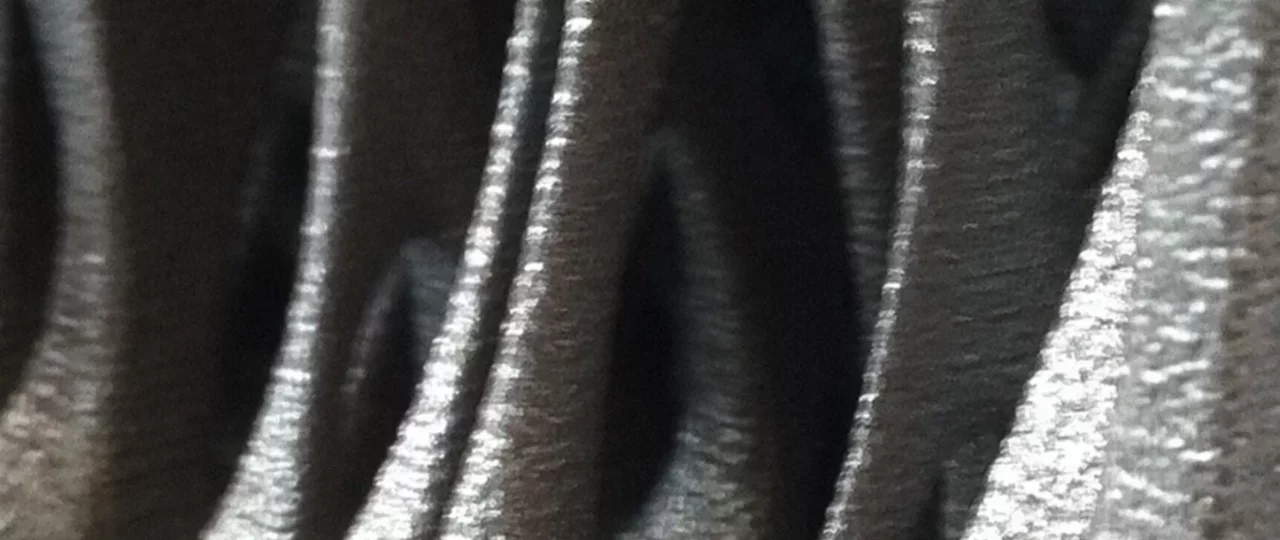One of the great advantages of Additive Manufacturing [AM] is the ability to lay down material in ways that would be impossible by conventional techniques. Digital Fabrication uses a Computer Aided Design [CAD] file to instruct a machine tool where to either take away or add material. In 3D Printing, material is added a layer at a time so it is easy to instruct the machine to lay down no material in an internal area of a structure. The results are parts that can have complex geometries, especially internally, that would be impossible to machine.
Many industries can take advantage of this manufacturing feature, but none more so than aerospace where weight is an important consideration in part design. Companies that manufacture planes and aircraft components are reaping the added benefit of reduced part weight leading to less fuel consumption by using AM. Boeing, GE and Lockheed Martin are currently fabricating 3D Printed parts in production. One complex design example is the photo above from GE of a part displayed at the SME Rapid Conference that really could not have been produced any other way.

Medical devices are another field where complex designs are often required for the best interface with the human body. Working with Jhpiego, a John’s Hopkins University affiliated Non-Government Organization focused on improving women’s health, we helped Momo Scientific perfect a challenging design. The CryoPop, shown in this photo, is a pre-cancerous lesion removal device aimed toward reducing cervical cancer in the developing world. Click here to read the full story.
Often we will combine AM’s ability to create complex designs with our other tools such as micro hole drilling, laser micromachining, or laser marking. A great example of this is a microfluidic device Potomac was asked to manufacture for a company in the health care industry. An innovative combination of laser micromachining and 3D printing yielded a product for the customer that didn’t just do the job, it did so cost-effectively. For details on the project, Click Here.
Additive Manufacturing has opened up the designer’s ability to realize products that were previously difficult to manufacture, giving solutions to technical and social problems in the world. The key is to know when to choose AM such as 3D Printing over conventional technologies. At Potomac, we have decades of experience in many manufacturing and digital fabrication techniques so that we can always choose the method that’s right for the job.


